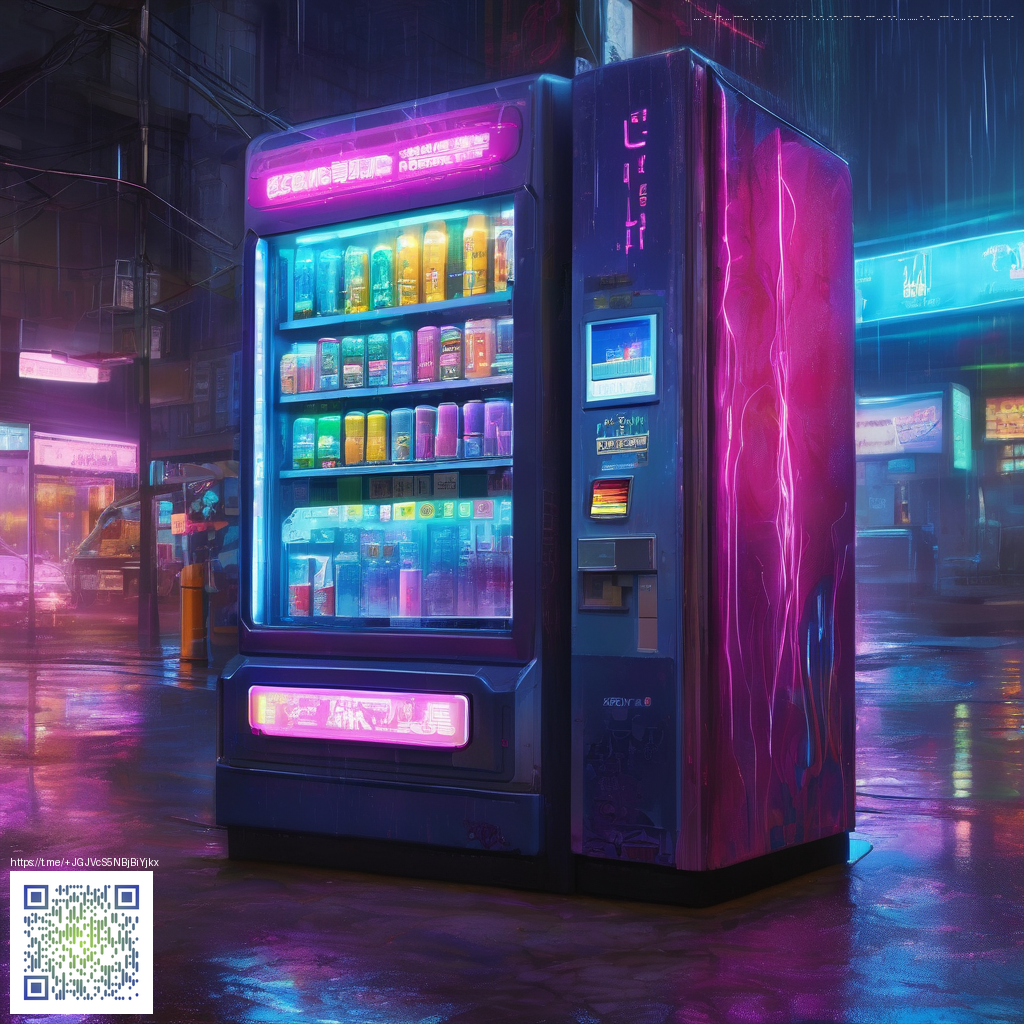
Crafting Realistic Digital Paper with Procreate Brushes
Digital paper is more than a neutral backdrop for artwork—it’s a tactile surface that can subtly influence how viewers perceive color, depth, and detail. Procreate brushes designed to simulate paper textures give you powerful control over grain, tooth, and subtle specks, allowing you to create digital sheets that feel tangible. By combining carefully chosen brushes with thoughtful layering, you can transform flat digital work into something that has the quiet, organic presence of real paper.
Understanding Paper Texture
Real paper isn’t uniform. It carries a whisper of grain, faint fibers, and color quirks that shift with lighting. The beauty of Procreate brushes is that you can replicate these nuances with precision: start with a base layer that suggests the paper’s tone, then weave in grain and fiber textures on separate layers. This approach gives you flexibility—if the texture clashes with your artwork, you can dial it back or amplify it without reworking the entire piece.
- Grain and fiber brushes simulate different paper stocks—cotton rag, wood pulp, or recycled content
- Settings like density, jitter, and flow add natural variation
- Blending modes (multiply, overlay, soft light) deepen texture without overpowering your drawing
“Texture is a conversation between light and material. The best digital papers respond to light as your eyes move across the surface.”
Practical Techniques for Realistic Paper
Begin with a clean base color that matches your intended mood—warm cream for a vintage feel or cool white for a modern, crisp surface. Add a grain texture on a separate layer and adjust its opacity to maintain balance with your art. Layering is key: you want depth, not noise, so work softly and iteratively.
- Apply a subtle edge vignette to mimic how real sheets darken slightly at the margins.
- Add flecks or specks using a scatter brush to replicate embedded fibers.
- Introduce gentle color shifts—cooler shadows and warmer highlights—to reflect lighting conditions or aging.
For creators who juggle digital and analog workflows, a dependable accessory can make a big difference. When you’re following texture tutorials or referencing real-world papers, having your phone handy without losing grip is convenient. The Phone Grip Click-On Personal Phone Holder Kickstand is a smart addition to your toolkit, especially if you’re collecting notes or swatches on the go. Learn more about this practical tool on its product page: Phone Grip Click-On Personal Phone Holder Kickstand.
To broaden your approach, explore additional resources on the hub at https://diamond-images.zero-static.xyz/index.html. A well-curated set of references can spark new texture ideas and help you tailor your digital papers to different visual contexts.
Choosing Brush Sets for Digital Paper
Look for brush packs that offer a spectrum of grain sizes, fiber textures, and surface noise. Brush sets with adjustable opacity and flow enable you to build complexity gradually rather than overwhelming your canvas with a single pass. In Procreate’s Brush Studio, you can fine-tune each brush to suit the exact texture you’re aiming for, then save your combinations for future projects. The goal is to craft a modular texture system—one that lets you mix, match, and rework without starting from scratch each time.
Remember: non-destructive texture work keeps your artwork flexible. Keep textures on separate layers and use masks to refine or remove texture in areas where your subject needs crisp edges. This approach preserves readability while maintaining the organic feel of a tactile surface.